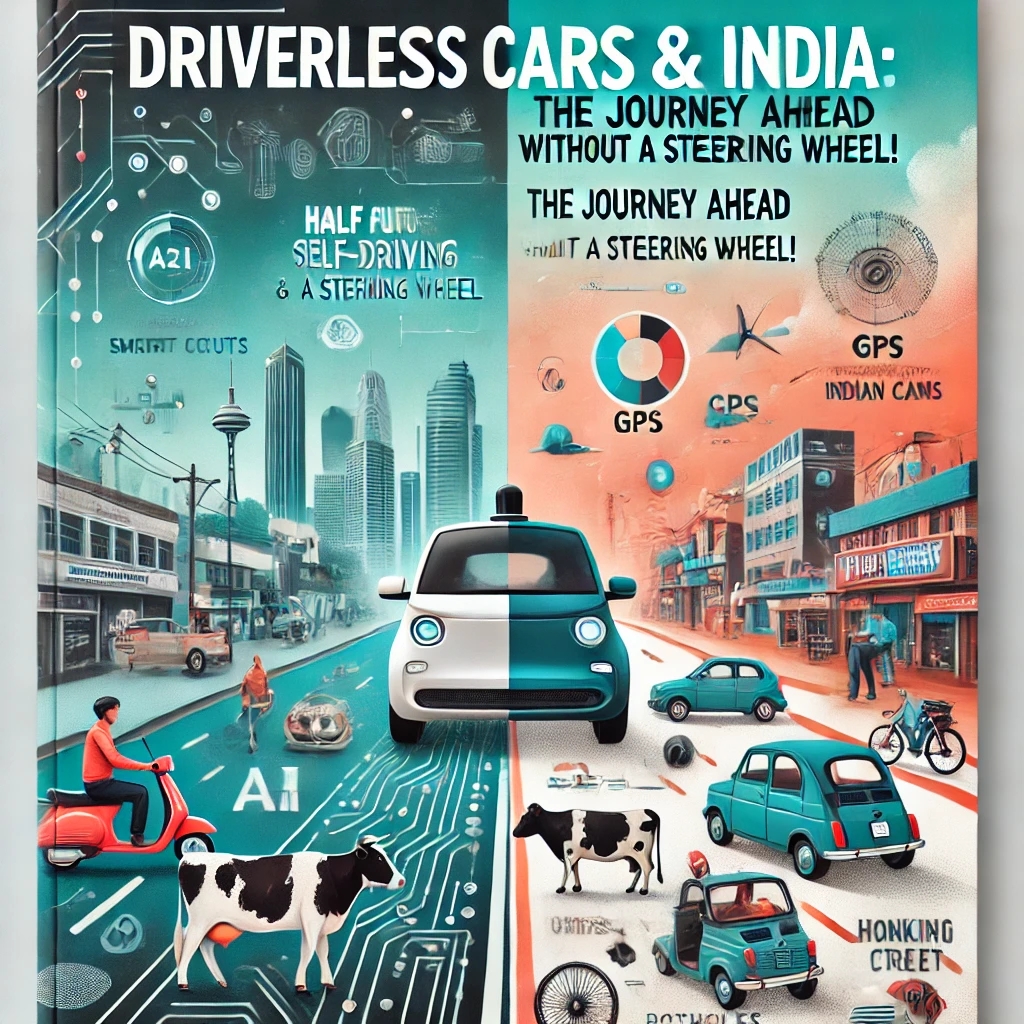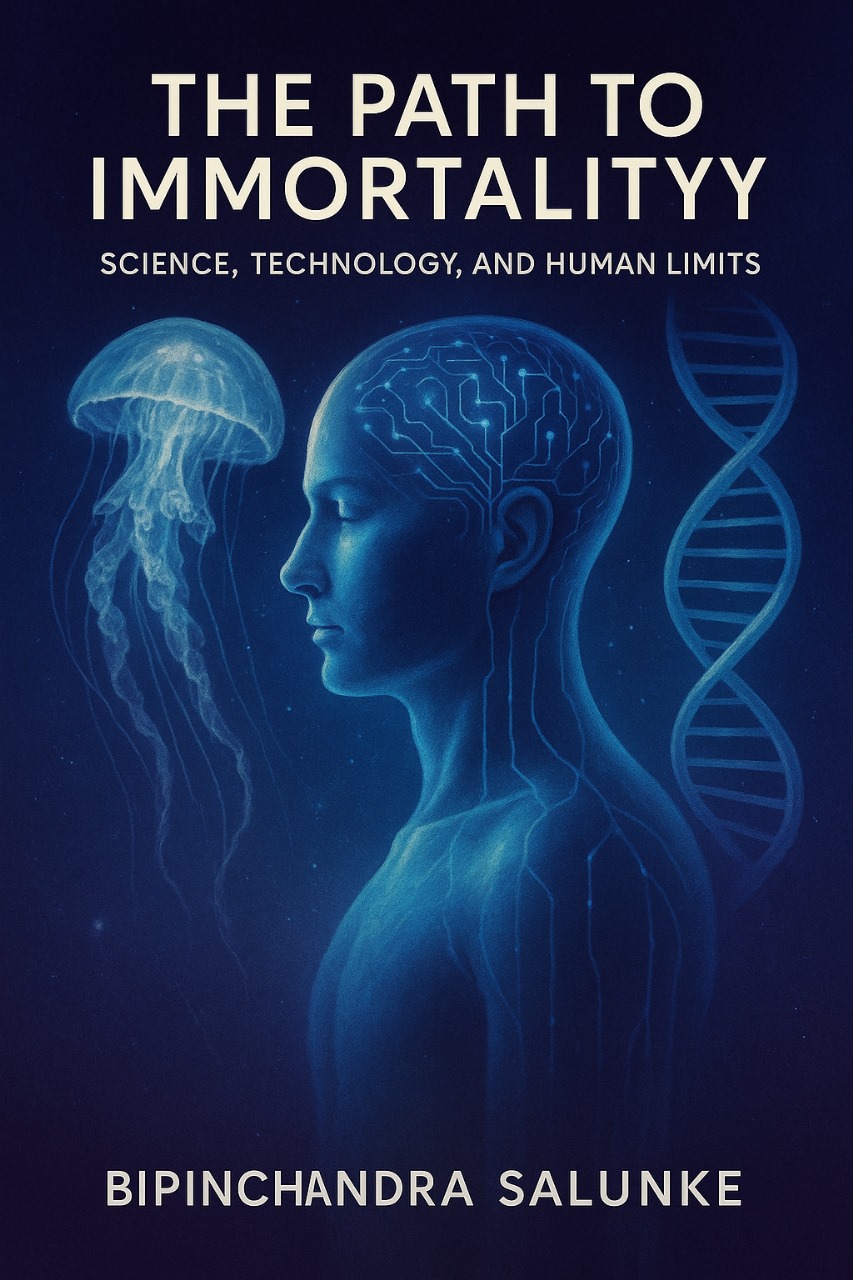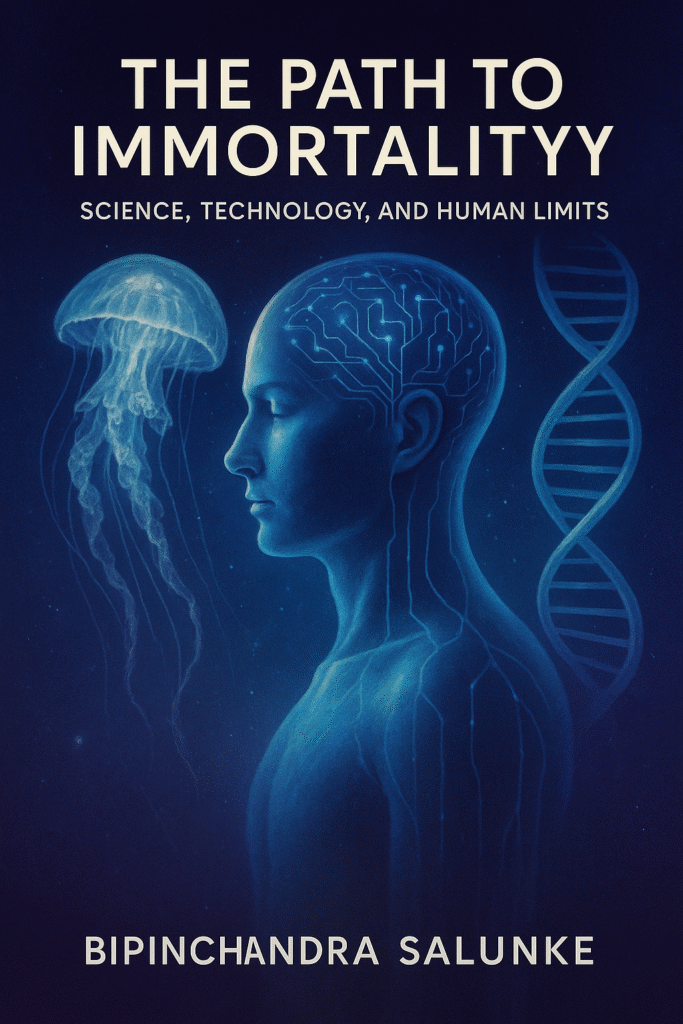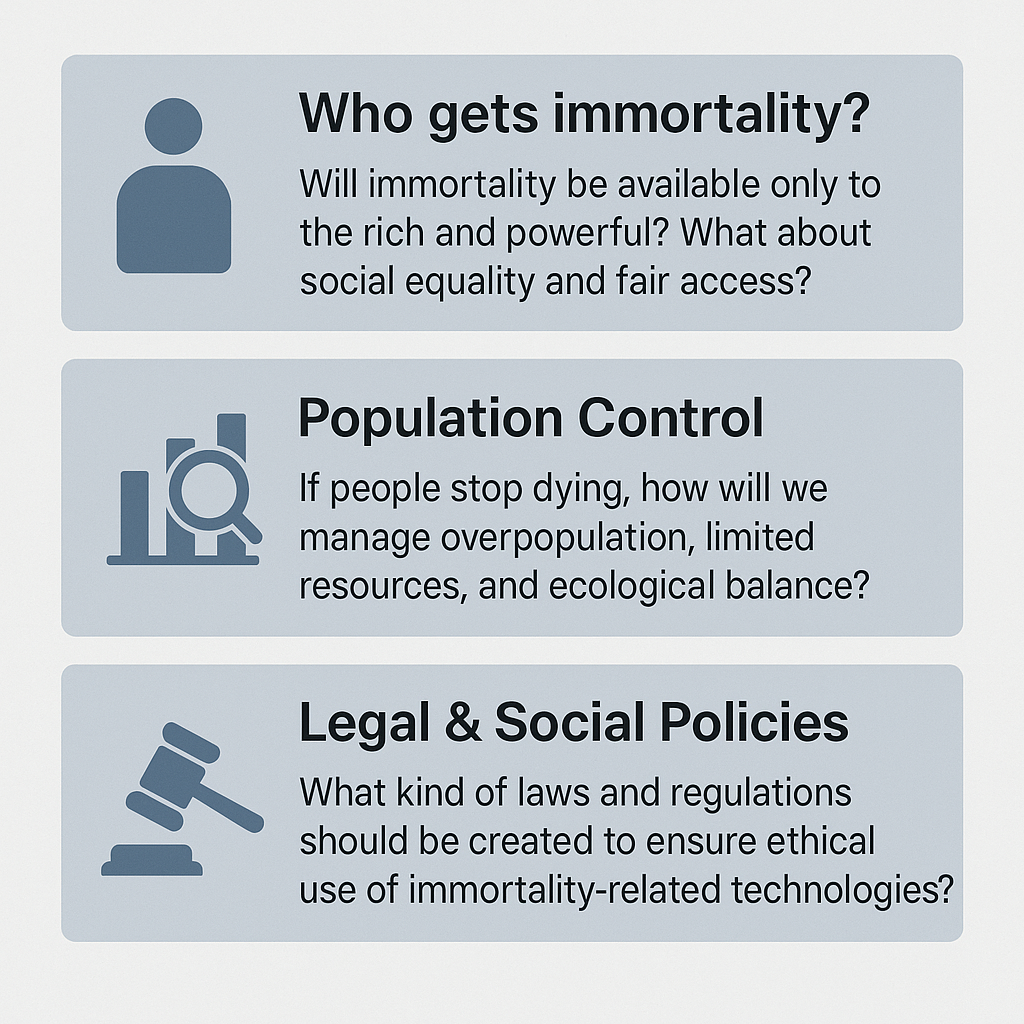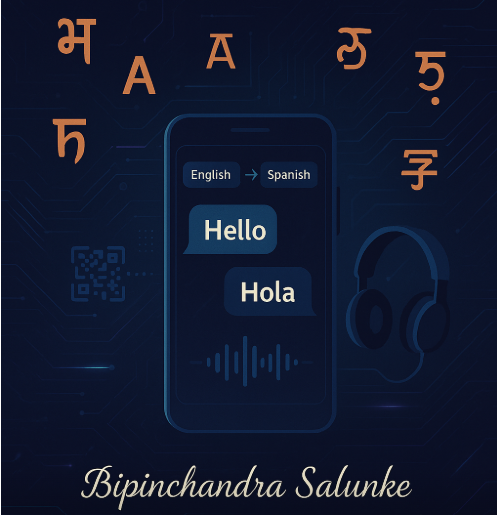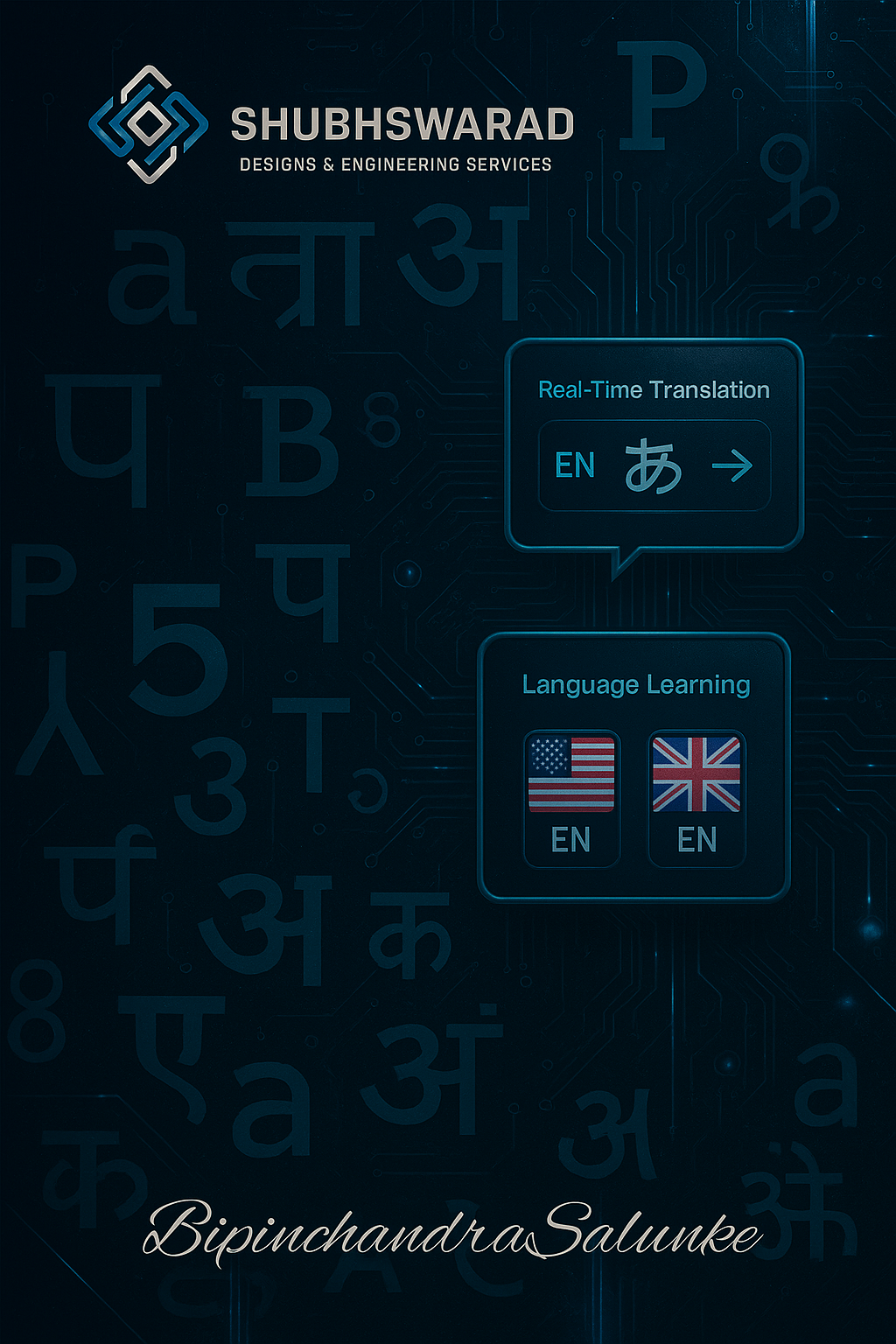Embrace the flavors of your heritage with these timeless dishes.

I would love to learn how to make traditional Maharashtrian dishes like Puran Poli, Misal Pav, and Bharli Vangi. There’s something magical about cooking the food your grandparents used to make — it’s not just about taste, but about memories, emotions, and heritage. The aroma of freshly ground masalas, the sizzle of a hot tadka, and the warmth of home-cooked food connect me deeply to my roots. These recipes are stories told through spices — and I want to keep those stories alive in my kitchen.
🫓 1. Puran Poli (Sweet Lentil Stuffed Flatbread)

Ingredients:
For the Puran (Filling):
- 1 cup chana dal (split Bengal gram)
- 1 cup jaggery (grated)
- 1 tsp cardamom powder
- Pinch of nutmeg (optional)
- Ghee (for roasting)
For the Poli (Dough):
- 1.5 cups whole wheat flour
- 1/2 cup all-purpose flour (maida)
- A pinch of salt
- Water (for kneading)
- 2 tsp oil
Instructions:
1. Prepare the Puran:
- Wash and pressure cook chana dal until soft (about 3 whistles).
- Drain completely and mash or blend it.
- In a pan, cook the dal with jaggery until thick, stirring often.
- Add cardamom and nutmeg. Let it cool.
2. Make the Dough:
- Mix flours, salt, oil, and water. Knead into a soft, pliable dough. Rest for 30 minutes.
3. Assemble and Cook:
- Divide dough and puran into equal balls.
- Roll out the dough, place puran inside, seal and roll gently.
- Cook on a hot tawa with ghee until golden brown.
Serve with: Ghee, warm milk, or katachi amti (spiced dal water).

🍛 2. Misal Pav (Spicy Sprouted Curry with Bread Rolls)
Ingredients:

For Usal (Base Curry):
- 2 cups mixed sprouts (moth beans, moong)
- 1 onion, chopped
- 1 tomato, chopped
- 2 tsp ginger-garlic paste
- 1 tsp goda masala
- 1/2 tsp turmeric
- Salt to taste
For Kat (Spicy Gravy):
- 1/2 cup grated coconut
- 1 tbsp sesame seeds
- 1 tbsp coriander seeds
- 2-3 dried red chilies
- 1 tsp red chili powder
- Water as needed
Toppings:
- Farsan (spicy mixed snack)
- Chopped onions
- Fresh coriander
- Lemon wedges
Sides:
- Pav (buttery rolls)
Instructions:
1. Prepare Usal:
- Pressure cook sprouts with salt and turmeric.
- In a pan, sauté onions, tomatoes, and ginger-garlic paste.
- Add cooked sprouts and goda masala. Simmer.
2. Make the Kat:
- Roast coconut, sesame, coriander seeds, and red chilies. Blend with water into a paste.
- Cook the paste until oil separates. Add chili powder, salt, and water. Simmer.
3. Assemble:
- Pour kat over usal.
- Top with farsan, onions, coriander.
- Serve with toasted pav and lemon.
🍆 3. Bharli Vangi (Stuffed Baby Eggplants)

Ingredients:
- 8 small brinjals (eggplants)
- 1/2 cup grated coconut (fresh or desiccated)
- 1/2 cup roasted peanut powder
- 1 tbsp sesame seeds
- 1 tbsp goda masala
- 1 tbsp jaggery
- 1 tbsp tamarind pulp
- 1 tsp red chili powder
- 1/2 tsp turmeric
- 2 tbsp oil
- Salt to taste
- Fresh coriander for garnish
Instructions:
1. Prep the Eggplants:
- Slit the brinjals in a cross pattern (keep stems intact).
- Soak in salted water to avoid browning.
2. Make the Stuffing:
- Mix coconut, peanut powder, sesame, masalas, jaggery, tamarind, and salt.
3. Stuff and Cook:
- Fill brinjals with the mixture.
- In a heavy-bottomed pan, heat oil and add stuffed brinjals.
- Cover and cook on low flame, turning occasionally, until soft and coated with masala.
Serve with: Bhakri or chapati, and a spoon of curd.
🍽️ Keeping the Tradition Alive
Cooking like your grandparents isn’t just a nostalgic pursuit—it’s a living connection to your roots. Whether you’re grinding your own masalas in a mortar and pestle or serving food on a banana leaf, these acts bring back the flavors of family, tradition, and love.


